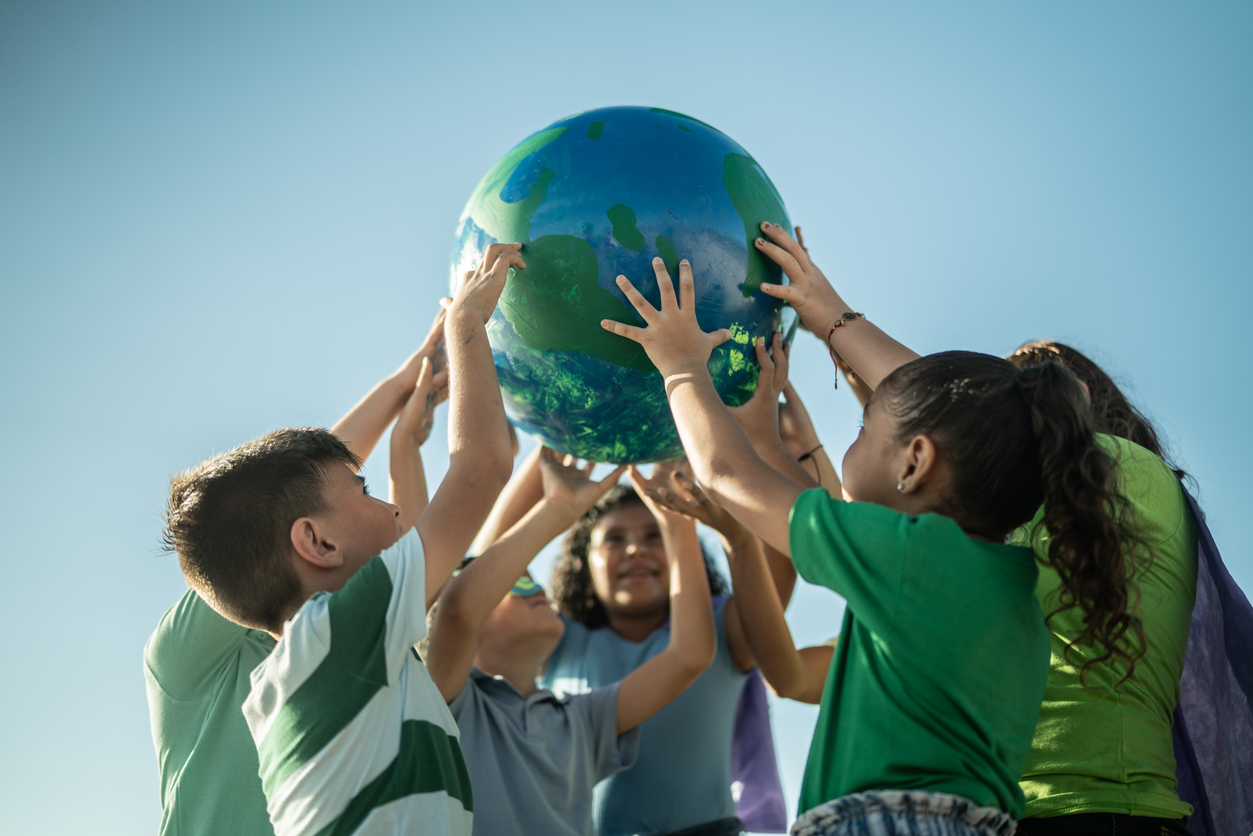
As Earth Day approaches, educators around the globe are gearing up to instill a sense of environmental stewardship in their students. While the concept of Earth Day is vast and encompasses a wide array of environmental issues, bringing it down to a classroom level can be both manageable and impactful. Here are three simple Earth Day activities that can engage students and inspire them to make a positive difference for our planet.
Seed Bomb Creation
One of the most tangible ways to connect students with the Earth is through gardening. Seed bombs, small balls made of clay, compost, and seeds, offer a fun and hands-on way to introduce the concept of plant growth and the importance of green spaces.
To create seed bombs in the classroom, gather materials such as clay, compost, and a variety of seeds suitable for your region’s climate. Divide the class into small groups and provide each group with the materials needed.
Start by explaining the purpose of seed bombs – they’re not just balls of dirt but potential habitats for plants and food sources for pollinators. Encourage students to mix the clay and compost together, embedding seeds within the mixture. Once the seed bombs are formed, allow them to dry for a day or two. On Earth Day, take the class outside to areas in need of greenery, such as a school garden, park, or even vacant lots (with permission). Have students gently toss their seed bombs into these spaces, knowing that they’re contributing to the growth of a greener, more vibrant environment.
Waste Audit and Upcycling Challenge
Earth Day is an excellent opportunity to raise awareness about waste reduction and the importance of recycling. Conducting a waste audit in the classroom allows students to see firsthand the amount of waste generated within their school community.
To start this activity, provide students with gloves, trash bags, and sorting bins. Then, ask students to collect and sort the waste from classroom bins for a set period, such as a week.
Once the waste audit is complete, gather the class to analyze the findings. Discuss the types of waste produced, the amount of recyclable materials, and potential ways to reduce waste in the future. To further reinforce the concept of sustainability, challenge students to an upcycling competition. Provide them with a variety of recyclable materials such as cardboard, plastic bottles, and paper tubes, and encourage them to transform these items into something useful or artistic. From creating pencil holders out of plastic bottles to designing sculptures from cardboard, the possibilities are endless. Display their upcycled creations around the classroom or school to showcase their creativity and promote the message of waste reduction and resourcefulness.

Nature Walk and Journaling
Sometimes, the simplest activities can have the most profound impact. Take advantage of Earth Day by connecting students with nature through a guided nature walk of your school or neighborhood, and subsequent journaling session.
Before embarking on the walk, introduce the concept of mindfulness and observation. Encourage students to use all their senses to fully immerse themselves in their surroundings – from the sight of budding flowers to the sound of chirping birds.
During the nature walk, provide students with notebooks or journals and ask them to document their observations, thoughts, and feelings. Encourage them to sketch any interesting plants or animals they encounter and to jot down any questions or reflections that arise. After the walk, reconvene as a class to share and discuss their experiences. This activity not only fosters a deeper appreciation for the natural world but also encourages reflection and mindfulness – skills that are essential for fostering a sense of environmental responsibility.
Incorporating these simple Earth Day activities into the classroom can help students develop a deeper understanding of environmental issues and inspire them to take action to protect our planet. By engaging in hands-on experiences, such as creating seed bombs, conducting waste audits, and connecting with nature, students can cultivate a sense of environmental stewardship that will last a lifetime. As educators, let’s seize the opportunity to empower the next generation of environmental leaders and change-makers this Earth Day and beyond.
Seeking more environmental-based lessons to inspire your students?
Sign up for a free 30-day trial of Active Classroom
Monet Hendricks is the blog editor and meme connoisseur for Social Studies School Service. Passionate about the field of education, she earned her BA from the University of Southern California before deciding to go back to get her Master’s degree in Educational Psychology. She attended the graduate program at Azusa Pacific University pursuing her post-grad Educational Specialist degree in School Psychology and Applied Behavior Analysis and currently works as a School Psychologist in Los Angeles, CA. Her favorite activities include traveling, watching documentaries on mental health, and cooking adventurous vegetarian recipes.
